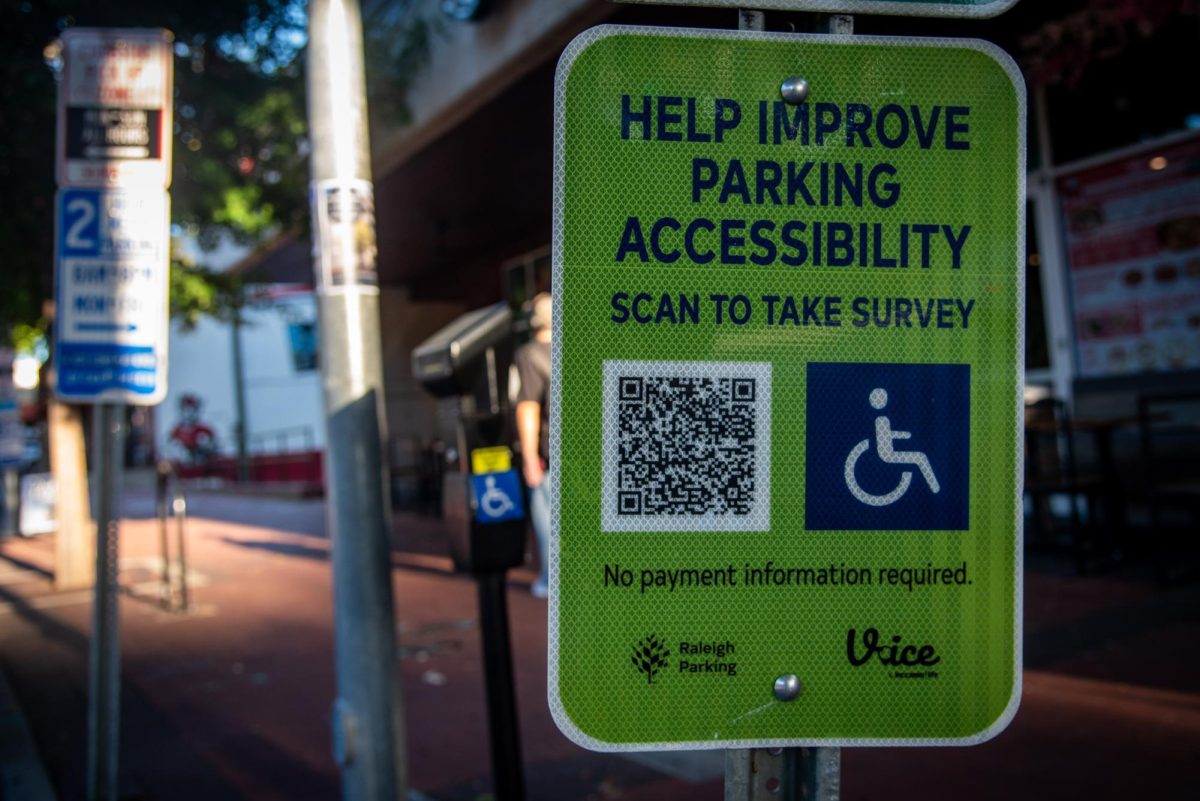Collectively, student debt in the U.S. totals more than a trillion dollars, and some analysts say it could lead to financial disaster for the economy as a whole in the future if it’s not addressed.
In response to those dire predictions, Oregon’s state legislature passed a bill earlier this month that could change the way many students pay back their college expenses.
In a unanimous decision, Oregon’s state legislature decided to develop a pilot program that could allow future students to attend college without having to pay up-front tuition or take out student loans. In this program, students would be able to go to college for free and then pay a percentage of their income to repay the state over a set number of years after graduation.
Although many details are still in the works, the idea here is that students would not have to be burdened by large student debt because payments would be based on how much a graduate would make.
The percentage, duration of time needed to pay back the loan, and details on any salary requirements have yet to be determined.
The program will be called “Pay Forward, Pay Back,” and will be crafted by several Oregon education groups. The final program will be considered by the 2015 legislature.
Although similar tuition strategies are being used in Australia, Oregon is the first state in the U.S. to attempt a change of this nature. This new initiative passed in the same week that federal subsidized student loan interest rates doubled from 3.4 to 6.8 percent.
In a similar Australian plan, called “FEE-HELP”, the percentage of what one pays is based off of how much they make. If a student makes less than $51,309 a year, they do not have to pay anything. When they reach that mark, they will have to pay 4 percent of their income.
As their income level would rise, the percentage that students would pay would also rise, possibly to as high as 8 percent of their income.
Currently, it appears that the goal in the Oregon initiative would have all students pay a flat percentage of about 3 percent for approximately two decades.
Some critics, like Sandy Baum, senior fellow at the George Washington University Graduate School of Education, are concerned that the flat percentage rate is unfair to those who make more money.
“The people who make a lot of money end up subsidizing those who don’t make that much,” Baum said in an interview with Time.
For others, there are some limits to this plan.
Krista Domnick, the Director of Scholarships and Financial Aid at N.C. State, said that this plan does not replace the current system of financial aid.
“I don’t think it does replace federal student loans, because this covers tuition. There are many charges beyond tuition that students borrow for,” Domnick said.
She said that even under this plan, there are still many expenses that would require the use of loans for many students. These include dining, books, transportation and health insurance–all of which are considered when calculating potential loans for a student.
Currently, the Oregon initiative only covers tuition.
Another unanswered question is how this initiative will be paid for. The cost is dependent on the size of the pilot program, which is also yet to be determined.
“One of the biggest pitfalls I see is a money source,” Domnick said. “The state’s going to need a source of funding to be able to offer this money up front to the student. It’s obviously a very large pool of money.”
According to the plan, one of the jobs of the joint education groups will be finding funding. The plan would need to be funded initially, but eventually payments deducted from the students who previously graduated could potentially pay for the plan’s continuation, making it self-sustaining.
“As of right now, I don’t see it as a magic bullet to fix any problems, but it’s a good thing to begin looking and to figure out another step forward,” Domnick said.
This step forward could have the potential to help a lot of students get through college without accruing as much debt, which can be very large for many students around the country.
Ashley Crouse, a fifth year senior in criminology at N.C. State, says she’s had to take out both private and federal loans during her tenure at the University and currently owes about $17,000 in each category.
According to a student loan calculator located on Finaid.org, a student who owed $17,000 in student loans at a 6.8 percent interest rate would have to pay almost $6,500 in interest payments over a 10-year period. If one were to pay the loan over 20 years, they would spend $14,000 in interest payments.
Crouse said she is set to graduate this December and then plans on going to law school in hopes of one day being an attorney.
“That’s why I’m going to law school. I’m sick of worrying about money,” Crouse said.
Domnick said she hopes that a good education will one day be available to all students. She stressed that creative new ideas are extremely important for future students.
“Certainly in the climate we are in right now we have to be very creative and figure out, ‘Is there a better way of doing things?’” Domnick said. “This will be an interesting model to watch.”
The Oregon plan will be put together by the Higher Education Coordinating Commission, the Oregon Student Access Commission, the Oregon University System and the Department of Community Colleges and Workforce Development.




